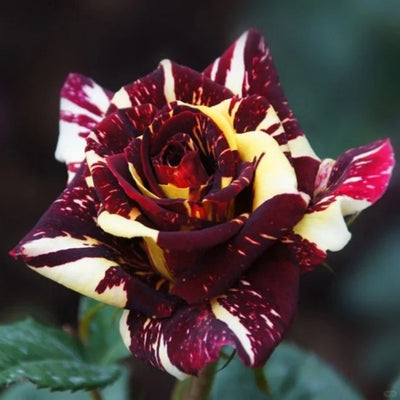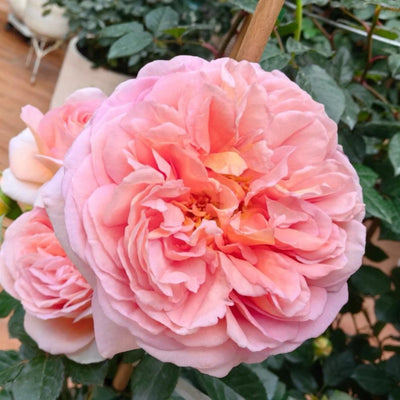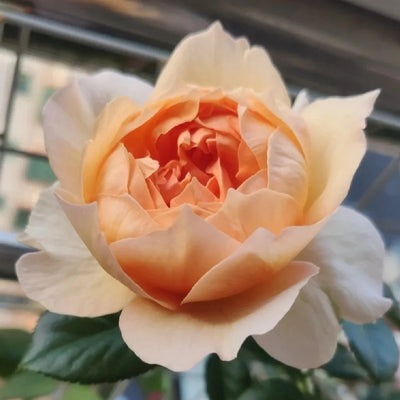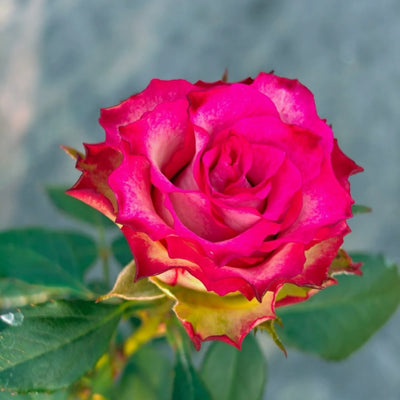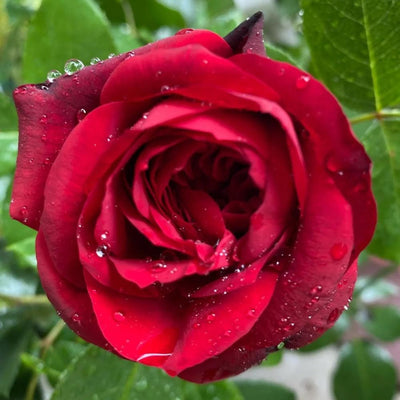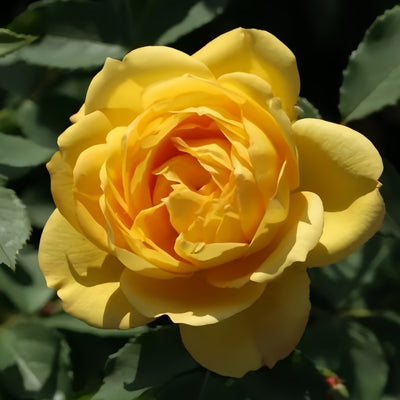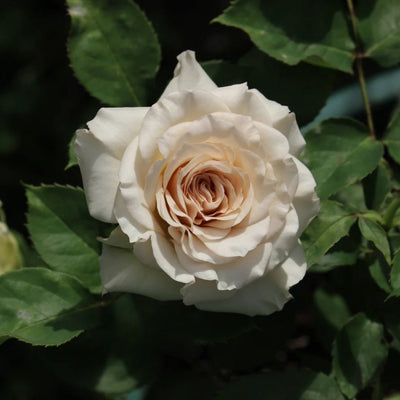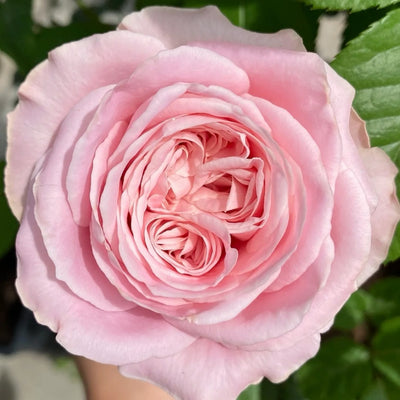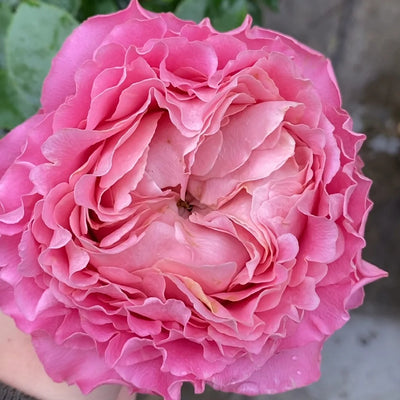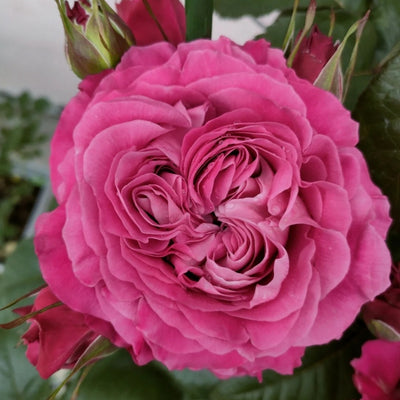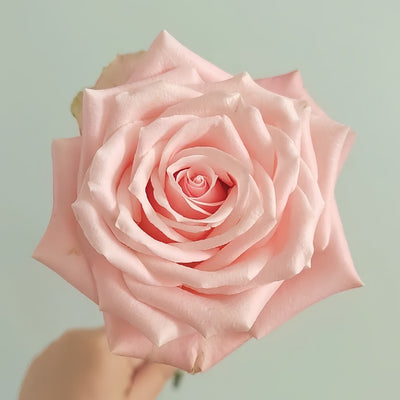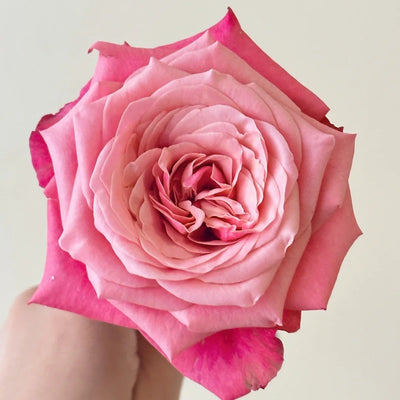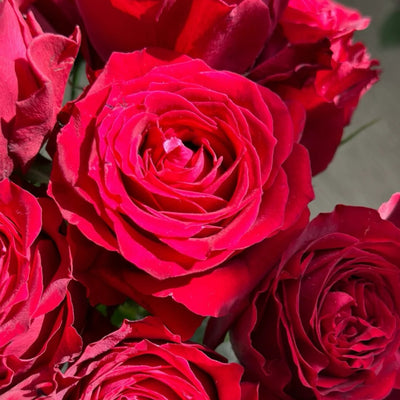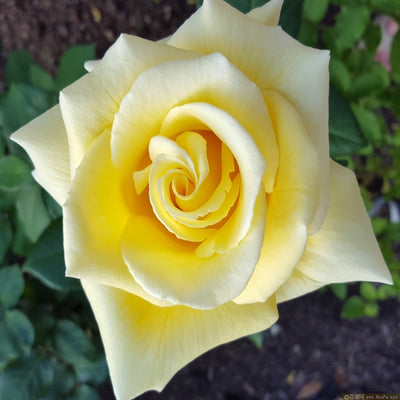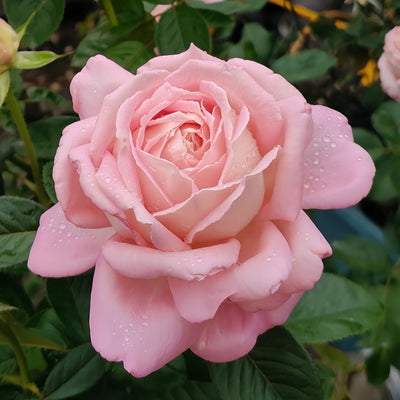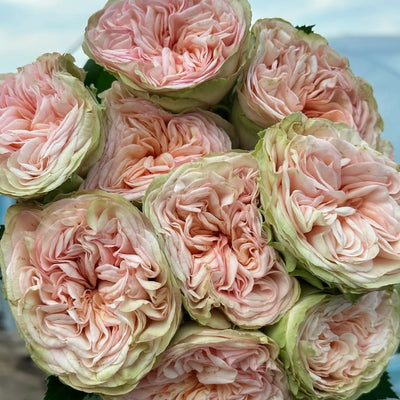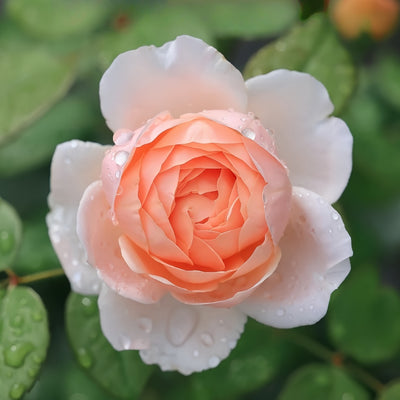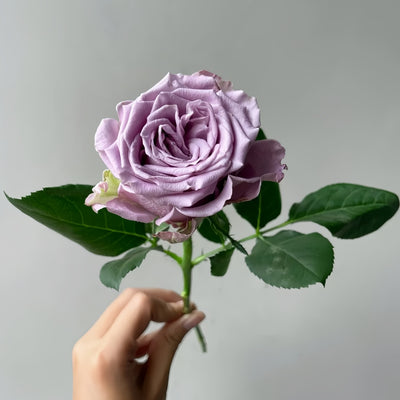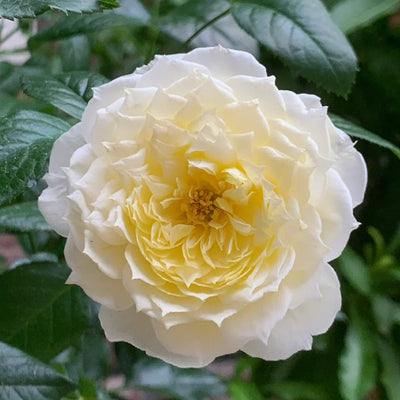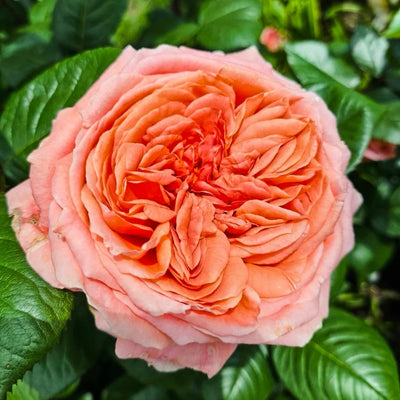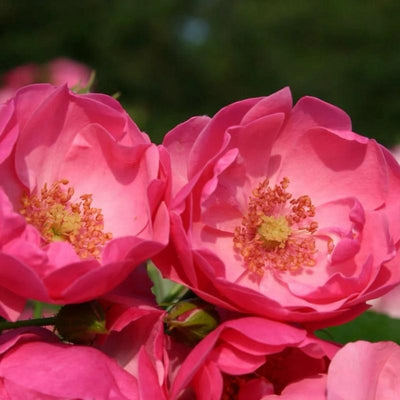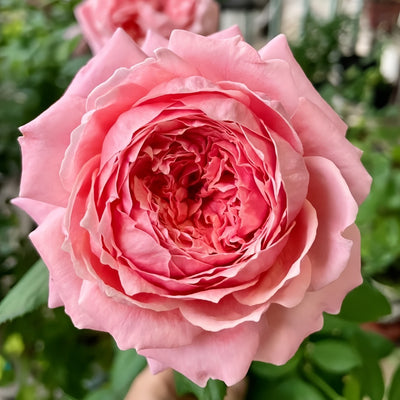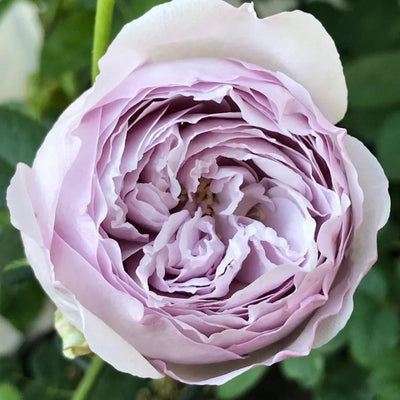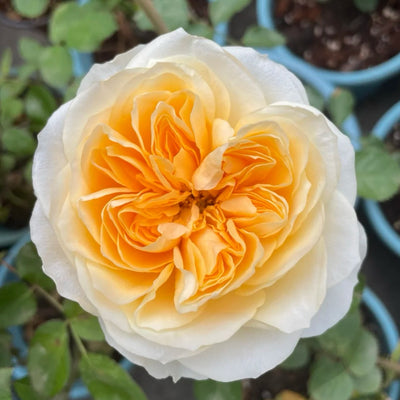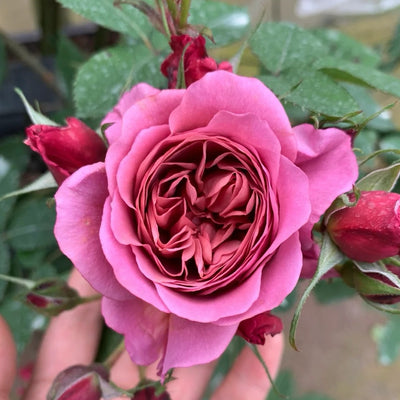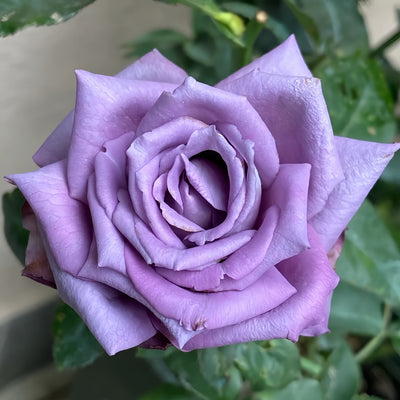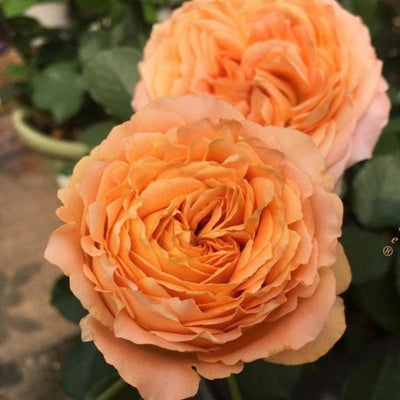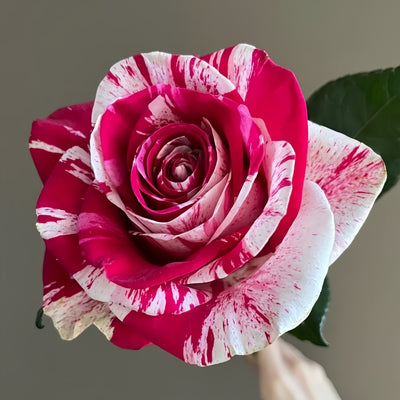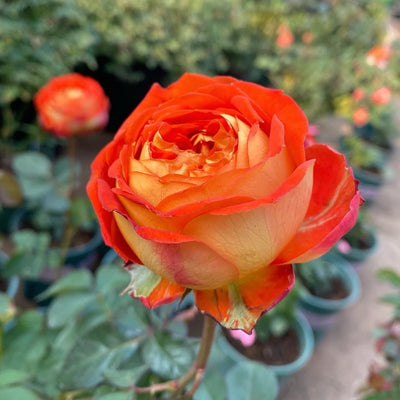🔥 Recommended Product
When people outside China refer to a "rose", they often mean what botanists would categorize as a member of the Rosa genus. But what many don’t realize is that the so-called "China rose" — often mistaken as a simple rose — is actually the legendary Yueji (月季), a flowering plant that has not only enchanted Chinese culture for centuries but also dramatically reshaped the history of roses worldwide.
Not Just a Rose: What Is the China Rose?
From a botanical perspective, the terms "rose", "China rose", and "wild rose" often get used interchangeably in the West. However, traditional Chinese horticulture makes clear distinctions between them:

- Yueji (月季) – the true “China rose”, known for its large, repeat-blooming flowers and small thorns.
- Meigui (玫瑰) – a thorny species with medium-sized, fragrant flowers often used for essential oils.
- Qiangwei (蔷薇) – smaller, clustered blossoms typically found in wild or climbing varieties.
Over time, the English word “rose” came to represent all of these, leading to frequent mistranslations. In fact, most of what people today call "roses" — especially in modern gardens — are technically modern hybrids of the China rose.
The Chinese Origins of the Modern Rose
The China rose was first domesticated in ancient China and named for its ability to bloom every month. The earliest records date back to the Tang and Song dynasties. It was cultivated widely throughout the Ming and Qing eras, and even inspired volumes of literature and poetry. Revered not only for its beauty but also for its resilience, the China rose was praised by poets like Su Shi and Yang Wanli for blooming through winter, symbolizing strength and vitality.
How China Rose Changed the World

Before the 18th century, European roses typically bloomed once per year and lacked the rich red hues of their Chinese counterparts. That changed in 1789, when several varieties of China roses — including tea-scented and crimson-blooming cultivars — were brought to Europe via India. Western breeders were amazed by two key traits: their ability to bloom repeatedly and their true red coloration.
These Chinese imports sparked a horticultural revolution. Breeders began hybridizing China roses with local species, eventually producing what we now call modern hybrid tea roses. The very first of these was the famous La France, introduced in 1867 — marking the official start of modern rose breeding. From there, China’s genetic influence spread globally, redefining rose cultivation in Britain, France, Germany, the U.S., and Japan.
Lost in Translation: Why China Roses Are Called "Roses"

Ironically, the rise of the China rose also led to its identity being lost in translation. Because European texts often used "rose" to refer to all members of the Rosa genus, and due to early translation errors, China roses became known abroad simply as “roses.” This continues today — even though many popular modern rose varieties descend from China’s Yueji line, their origins are rarely acknowledged.
Symbolism and Status Today
Today, the China rose remains one of the world’s four major cut flowers. It’s also the city flower of Beijing, Tianjin, and Qingdao, and has been used in national ceremonies — including the 2008 Beijing Olympics, where the variety "China Red" was featured in the awards bouquet.
Its cultural significance goes beyond beauty: it represents perseverance, grace, and vitality across seasons — a true embodiment of Chinese floral aesthetics.
Final Thoughts
The China rose is more than just a flower — it’s a botanical legacy that bridges East and West, past and present. Its impact on the global rose industry is immeasurable, and its name deserves to be remembered with clarity and pride.
So the next time you admire a rose in full bloom, remember: it may just carry the timeless spirit of the China rose.




















